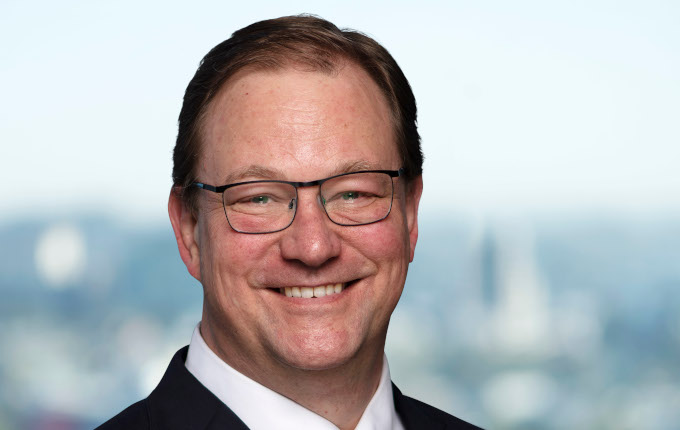While long-term expected returns are likely to be low and short-term risks remain high, developing retirement products is a tricky exercise, especially with younger members in mind, Troy Rieck, CIO of LGIAsuper, says.
Register to Access this Exclusive [i3] Insights Article
Create a free account to access exclusive interviews with asset owners, revealing insights on investment strategies, market trends, and portfolio allocations.
If you already have an account you can Login .
If you have any issues registering an account please send us an email at [email protected].


